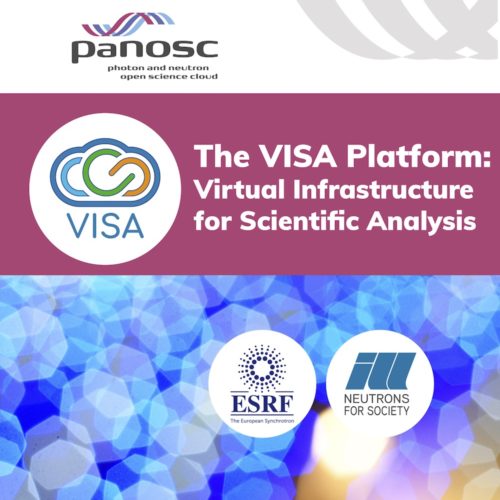
VISA is a new way for academic and industrial researchers to access data and advanced analysis tools from anywhere they want. In a matter of minutes, users can create their own virtual working environment by simply using a web browser. With VISA, users access huge datasets and experience the same powerful compute resources as if […]
Read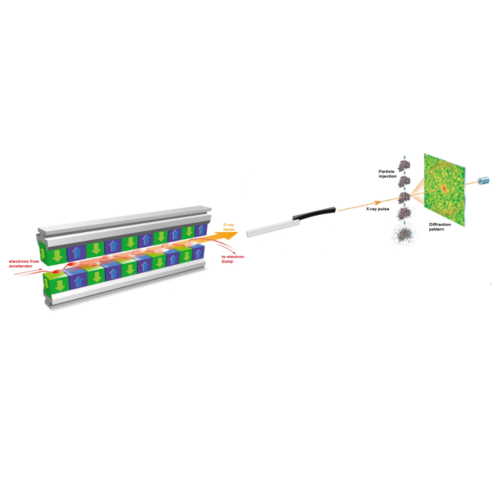
Latest publication with PaNOSC contribution was released on 9 September on Nature Scientific Reports. The simulation used in the research was done by using SIMEX, the simulation framework developed in the project, that uses some of most advanced simulation tools and integrates them to mimic an entire light source beamline. It is a flexible, modular […]
Read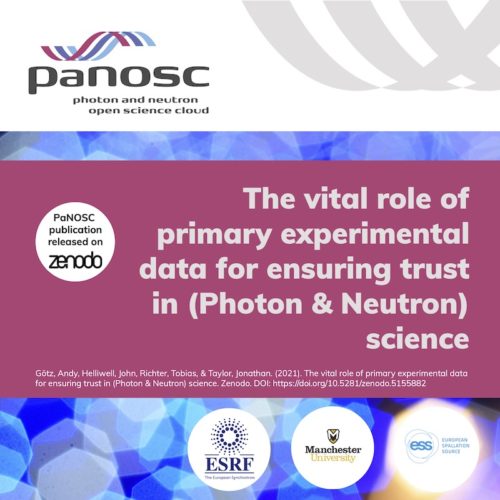
Latest publication [1] released on 3 August 2021 on Zenodo sheds light on “The vital role of primary experimental data for ensuring trust in (Photon & Neutron) science”. The foundation of experimental science is data and the progress of science relies upon a study being reproducible by others’ analysis of the same data. Replicability, on […]
Read
The EOSC Future project is looking for 200+ science champions to help co-design and finetune EOSC services and products. EOSC Future is an EU-funded project that will develop a European Open Science Cloud (EOSC) to strengthen European science. It will create a virtual environment where researchers can find, share and process interoperable data sets, publications, […]
Read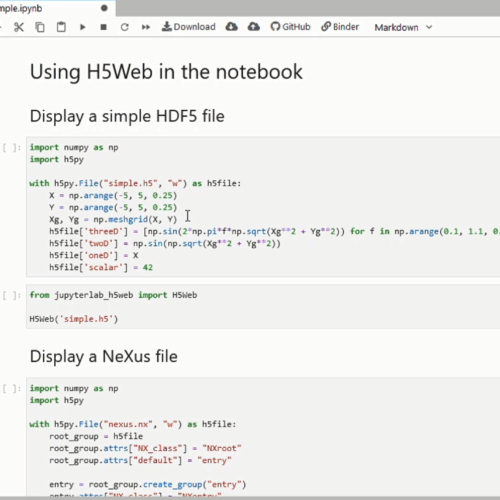
jupyterlab-h5web is a JupyterLab extension to open HDF5 files in a JupyterLab tab and explore HDF5 files in Jupyter notebooks. HDF5 is a format to store data and metadata in a file-system-like manner. JupyterLab 2 is officially supported and it should work in JupyterLab 3 Try it on Binder! Features Browse the inside of HDF5 files Display nD datasets […]
Read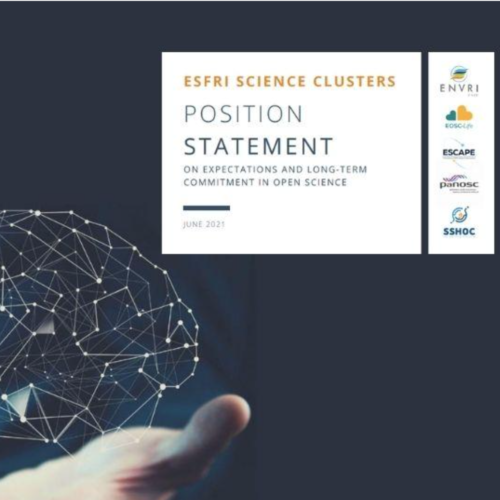
The Science Cluster (ENVRI-FAIR, EOSC-Life, ESCAPE, PANOSC and SSHOC) delivered a new position paper with a formal explanation of the urgent need of EC to support a longer-term role of the five Science Clusters to provide content to the EOSC, to enhance researchers’ involvement in Open Science and to suggest potential cooperative pathways in the Horizon-Europe framework and along with […]
Read
In the frame of PaNOSC WP2 – Data policy and stewardship the first draft of the Guidelines for implementing a Research Data Policy have been released. The purpose of the document is to provide guidelines on how to implement a research data policy at Photon and Neutron (PaN) sources and at Research Infrastructures (RIs) in […]
Read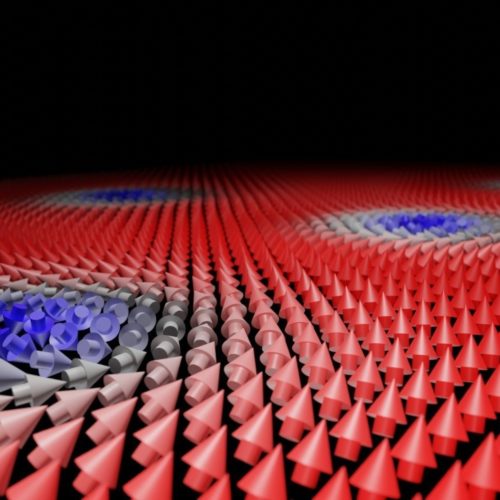
Software plays a key role in modern science. Experiments that produce large amounts of data generally need substantial software-based analysis to extract understanding. Simulation-based research in particular yields results based solely on the computer-based generation of data and its subsequent analysis. For publications, the scientific principle of reproducibility requires that studies and processes are documented […]
Read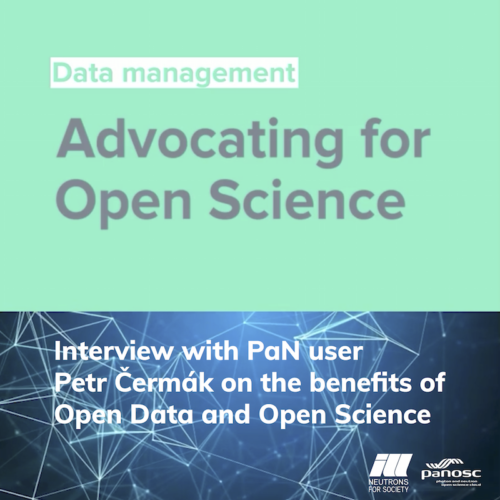
We interviewed PaN user Petr Čermák, researcher at the Materials Growth & Measurement Laboratory in the Czech Republic, who shared his views on EOSC, Open Data and Open Science, by presenting his experience of Data Management. Watch the interview here: Click the links below to listen specifically to Petr Čermák’s replies to the following questions: […]
Read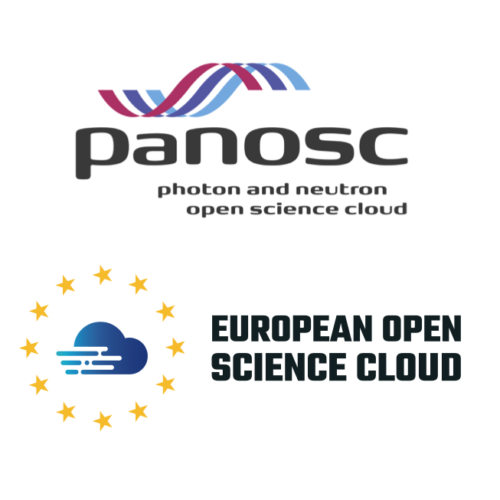
The first services provided in the frame of the PaNOSC project, in collaboration with its sister project ExPaNDS, are now accessible from the EOSC Portal: pan-learning.org – an e-learning platform specifically designed to provide training for users of photon and neutron sources. The platform provides curated educational content to help users of research infrastructures learn […]
Read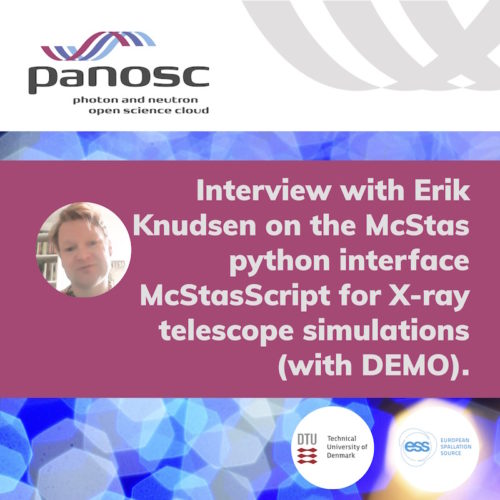
We interviewed Erik Knudsen (Physics Dept. at the Technical University Denmark – DTU, and observer in PaNOSC WP5) on the McStas python interface McStasScript for X-ray telescope simulations. Erik collaborates with DTU Space, which has been designing a new telescope, NuSTAR, and is currently designing a new flagship mission for the European Space Agency, called […]
Read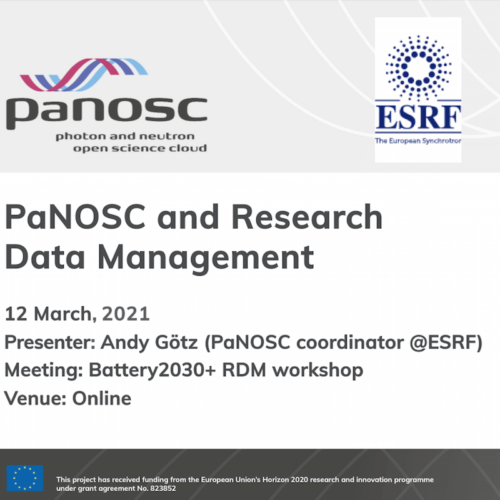
On March 12th, 2021, PaNOSC coordinator, Andy Götz, attended with an invited talk the 2nd online workshop of the Battery2030+ Initiative, focused on the benefits of research data management (RDM) and guidelines, through the showcase of best practice examples. PaNOSC vision is to create a Scientific Data Commons for Photon and Neutron sources and make […]
ReadTorna su
Use this form to search the entire PaNOSC site
By using this site, you accept the use of cookies and third-party cookies Learn more
The cookie settings on this website are set to "allow cookies" to give you the best browsing experience possible. If you continue to use this website without changing your cookie settings or you click "Accept" below then you are consenting to this.